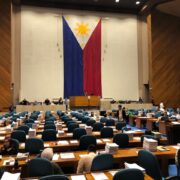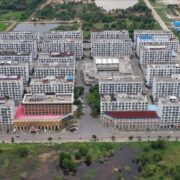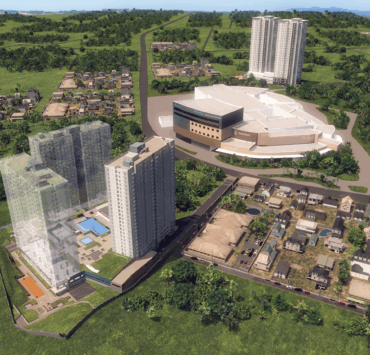Designing for and living in climate-friendly communities
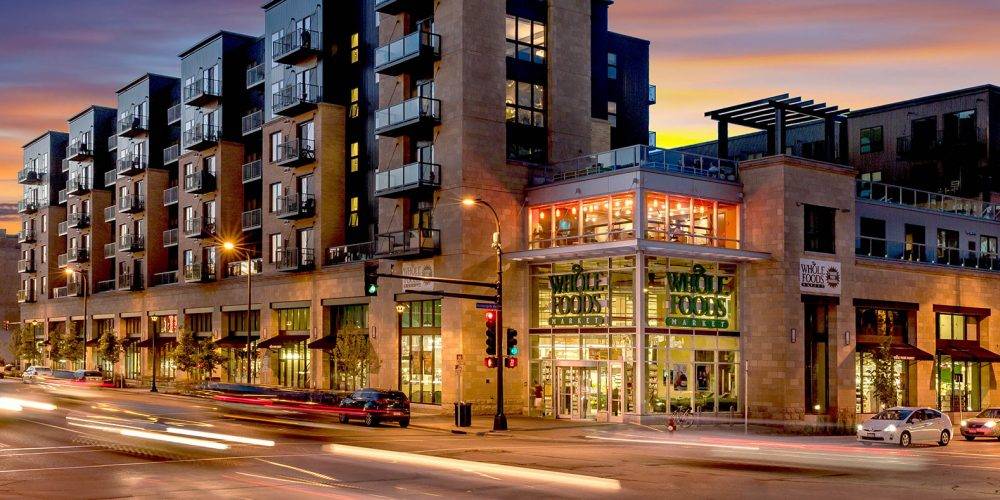
It wasn’t long ago that climate change was only a vague concept for many–something too distant and abstract to warrant much thought.
However, amid the new normal of extreme weather events–from storms, heat waves, to soaring temperatures–it has become clear that climate change is not just a theoretical concern but a pressing one.
So what can individuals or small communities actually do to help counter this phenomenon? Here are some pointers to consider.

Proper and efficient masterplanning
One of the most important steps in combating climate change is to choose communities that were designed with features that are environmentally responsive and which promote efficiency in the residents’ daily lives.
For example, everyday necessities–wet and dry goods, schools, places of worship, barbershops and salons, laundries, and even workplaces and restaurants–should be a short commute (and preferably a few minutes’ walk) from any point in the community. Not only does this make essential services more accessible, but it also ensures that roads, walkways, and transit resources are used as efficiently as possible.
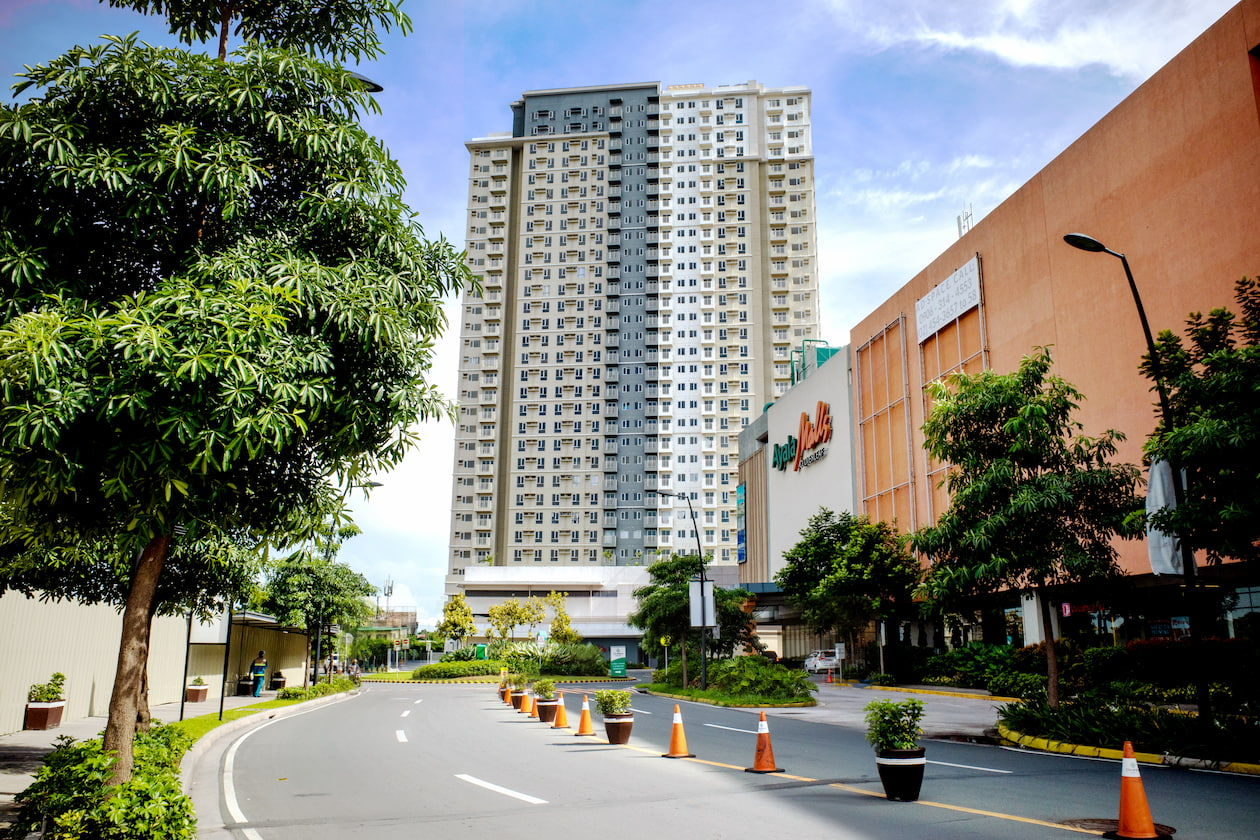
Communities planned or grown this way also tend to consume less energy, since people don’t need to travel long distances for daily needs.
In the olden days, every town had a plaza to which all roads led and where the church, town hall, and market were located–a gathering place for both social life and civic matters. This traditional feature–which supports the principles outlined above and is uniquely suited to the Filipino way of life–has, unfortunately, vanished from most contemporary communities.
Perhaps it’s time to bring it back.
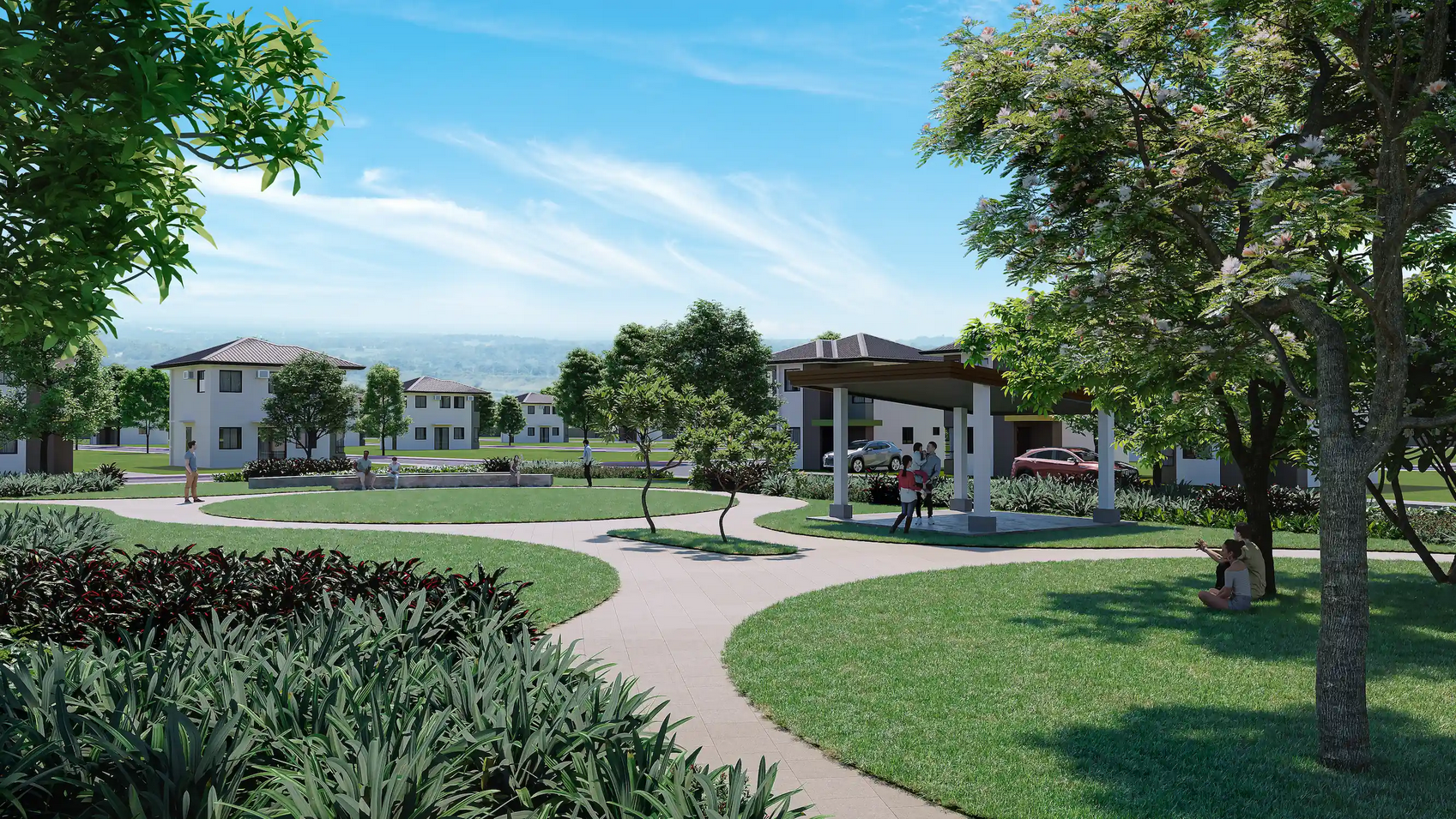
Green features
When people think of “green” technology, they often picture expensive, high-tech solutions like solar panels, electric vehicles, and smart gadgets.
The truth is, most green features are simple yet thoughtfully designed–and together, they deliver a powerful impact on both environmental responsiveness and improvement of the users’ quality of life.
Houses designed to minimize heat gain and maximize airflow not only reduce reliance on mechanical climate control–like airconditioners and fans–but also enhance comfort and cut electricity bills.
Rainwater catchment systems, meanwhile, reduce surface runoff (which contributes to flooding) while providing free water supply for non-potable uses such as gardening or outdoor cleaning. Similarly, communities with plazas that are lush with greenery both absorb stormwater–recharging aquifers and preventing runoff–and provide tree-lined spaces for wellness, socializing, and family activities.
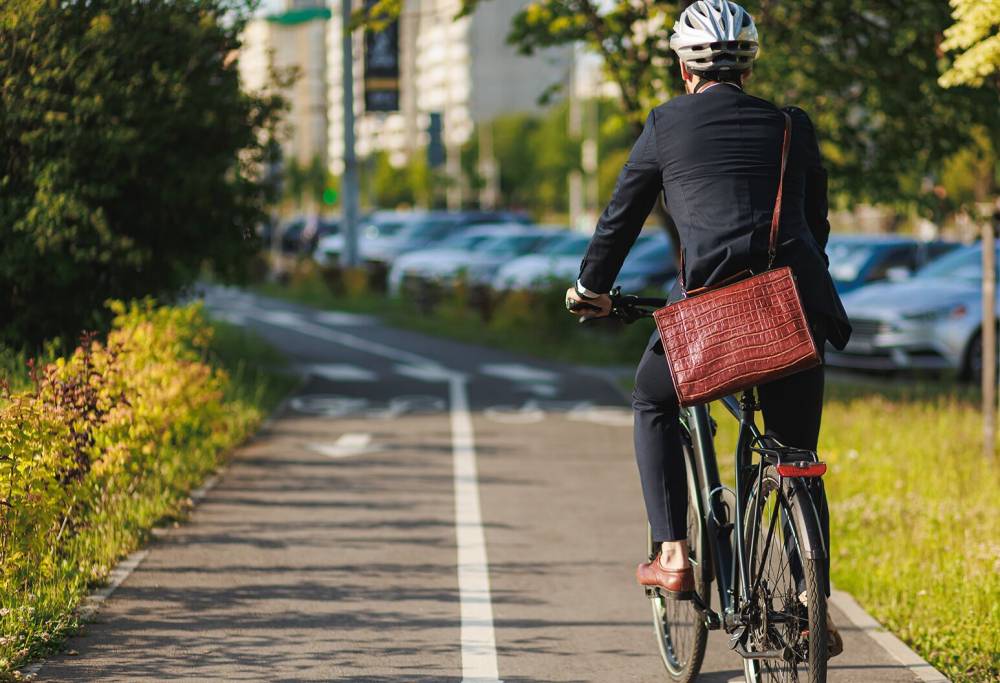
Sustainable practices
Of course, how people live and how administrators manage communities is also important in the fight against climate change.
Proper garbage disposal–yes, including segregation, despite the extra effort it takes for busy modern families–is essential not only to keep homes clean and hygienic but also to ensure that collected waste can be handled appropriately.
On the community level, timely collection and responsible treatment of garbage prevent pollution of living spaces and the wider environment–for example, when clogged drains and creeks cause flooding during heavy rains, inflicting hardship and property damage.
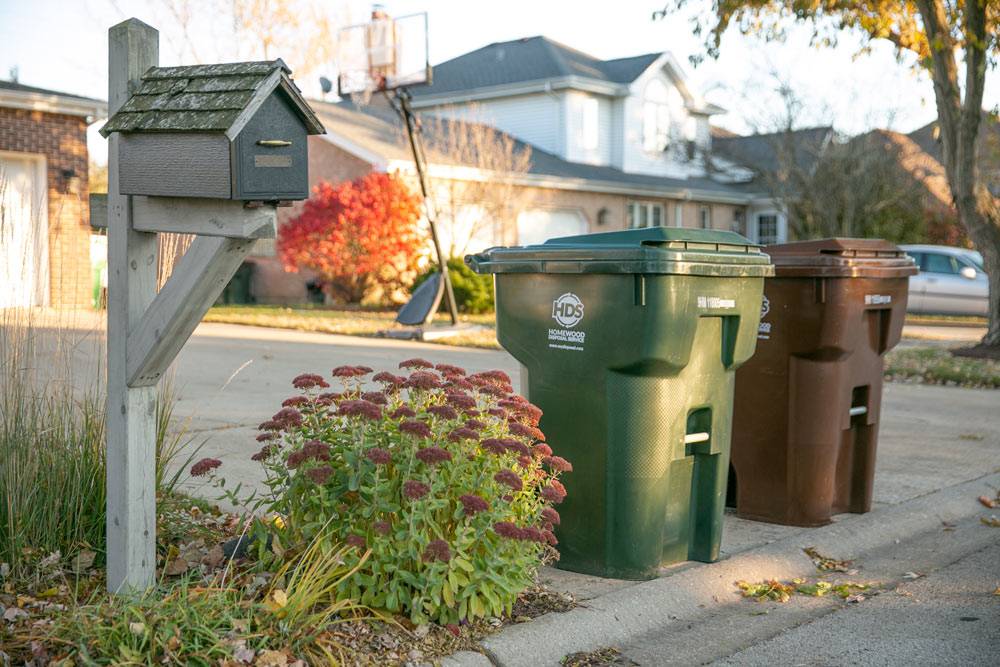
Protecting the country’s remaining native and undisturbed forests is also essential. Community development must not destroy these natural enclaves–the loss of which would only intensify climate-change impacts on inhabited areas. This means strictly enforcing land-use zoning to prevent haphazard clearing or misuse of forested land.
Eco-friendly transport is also key. And while electric cars seem to be the standard answer to this, they, for the most part, do not do a good enough job of reducing the resources we human consume just to move around.
By contrast, cycling and efficient mass transit not only reduce our environmental footprint but also deliver significant long-term health benefits.
The future
Only time will tell whether humanity can successfully address and adapt to the ill effects of climate change. While we can only hope for the best, individuals and communities still have the power to make a positive difference.




